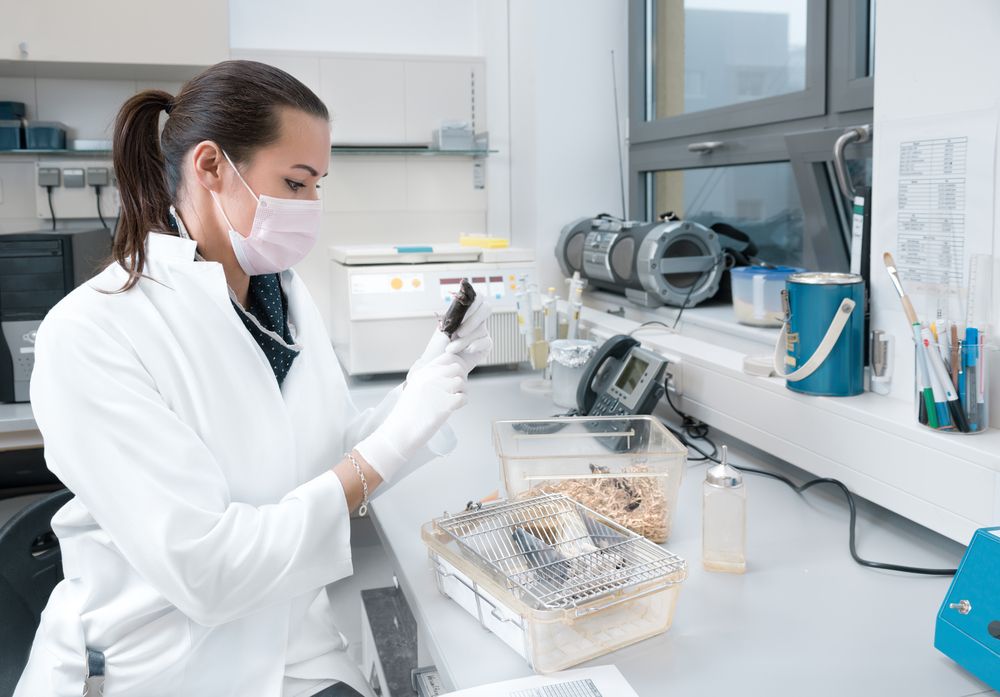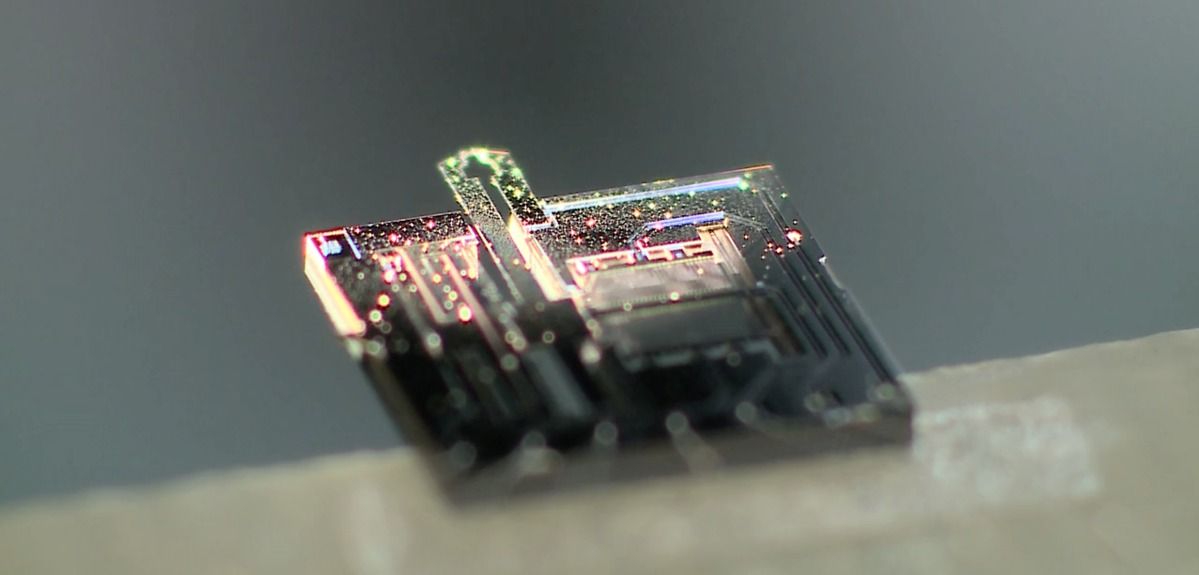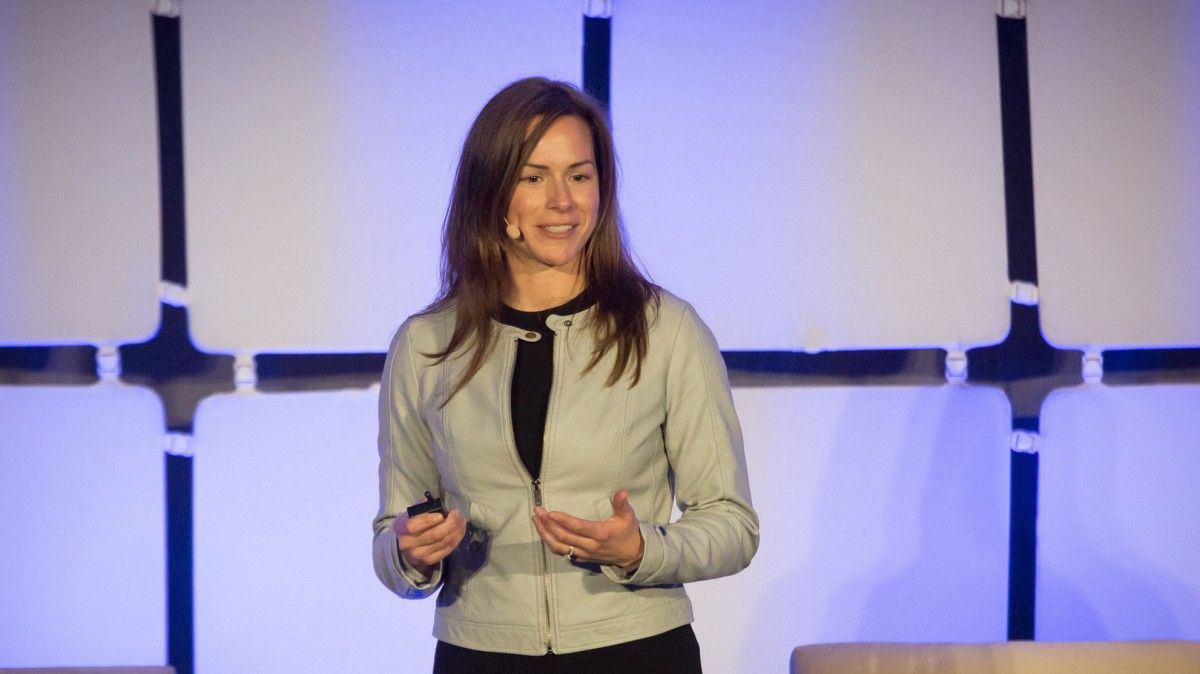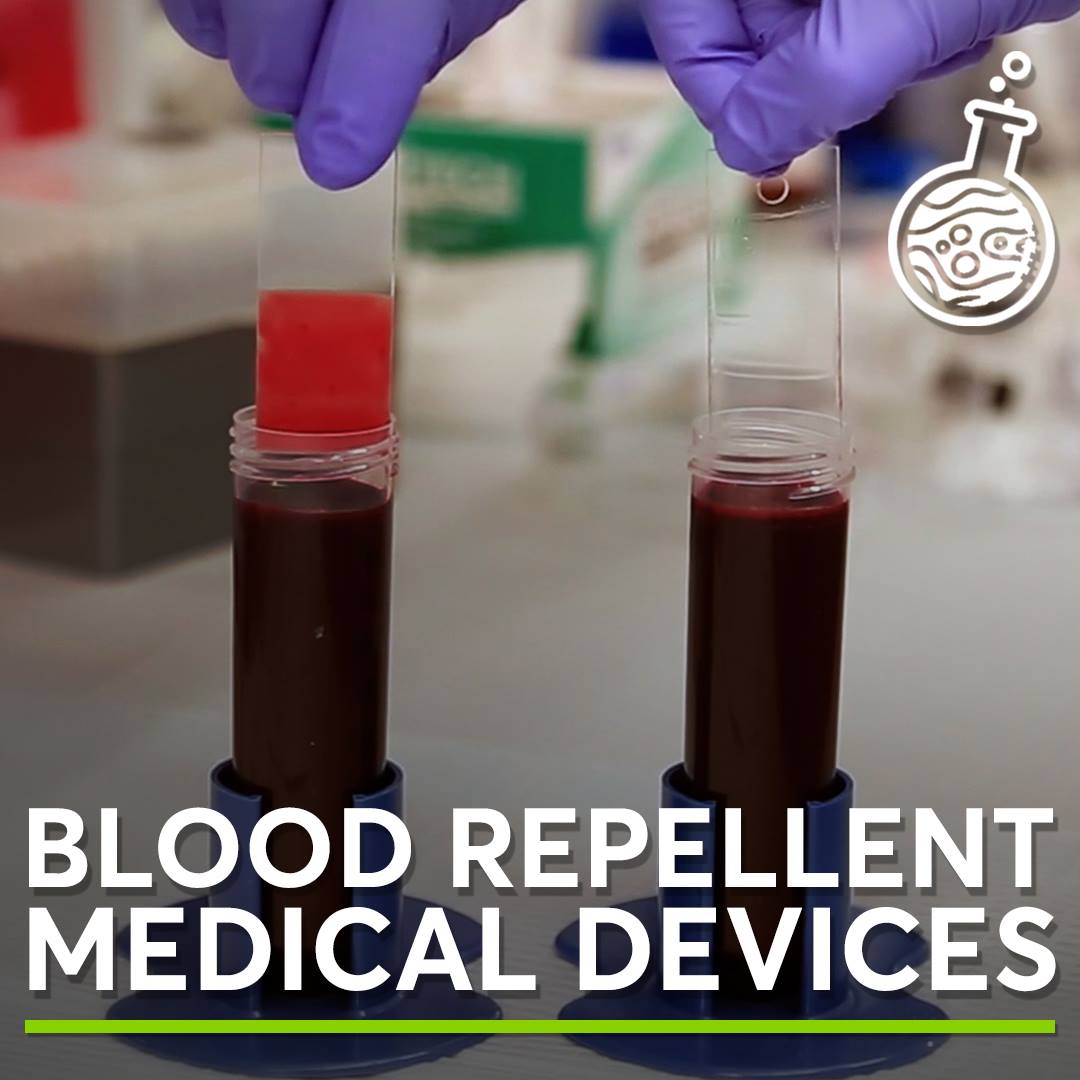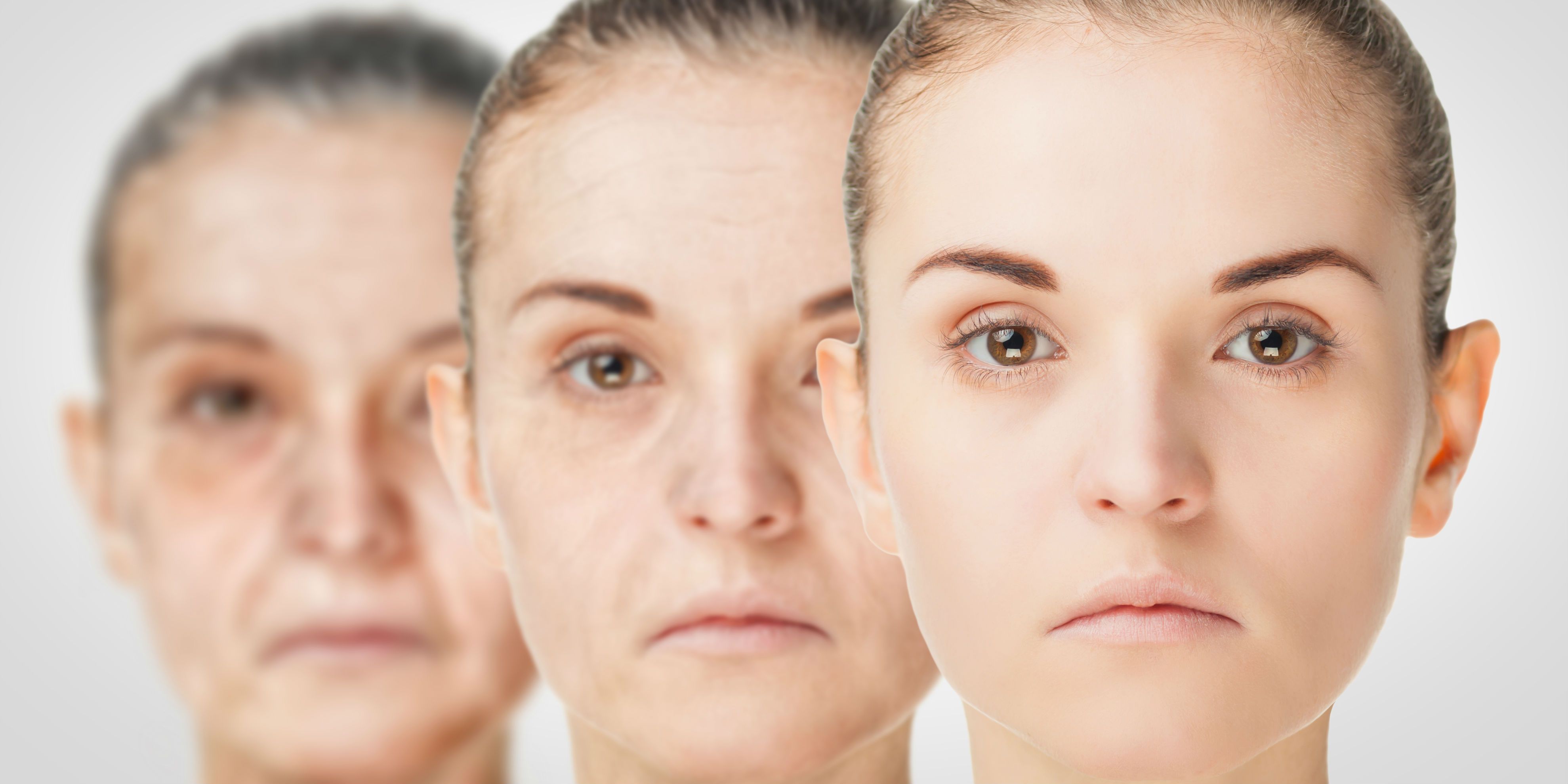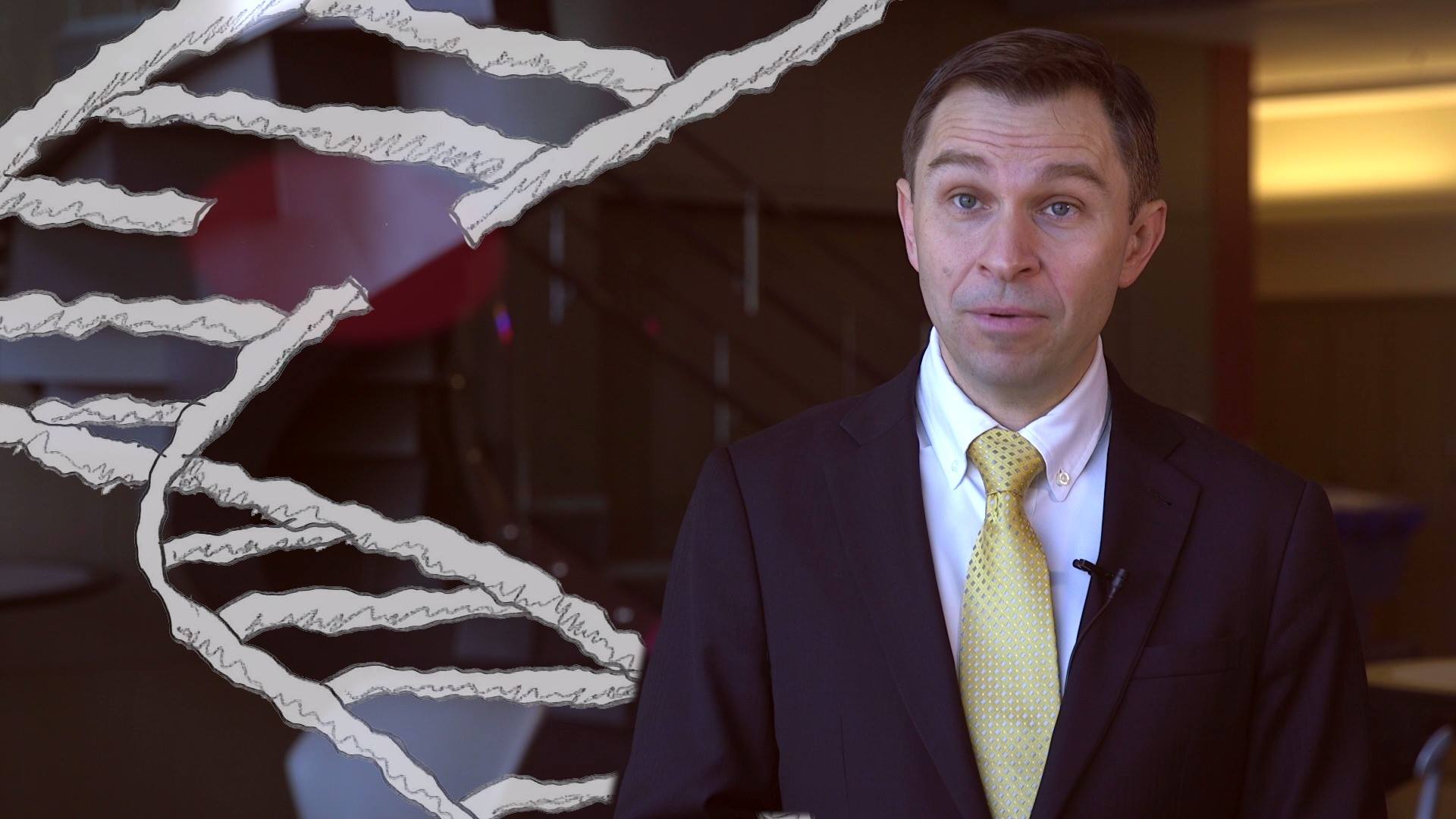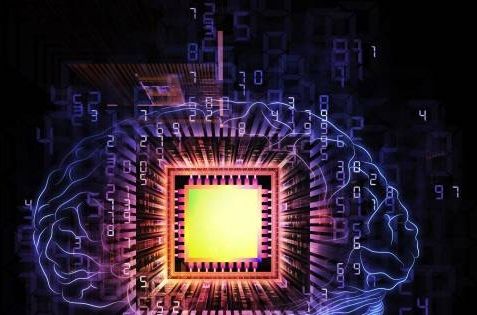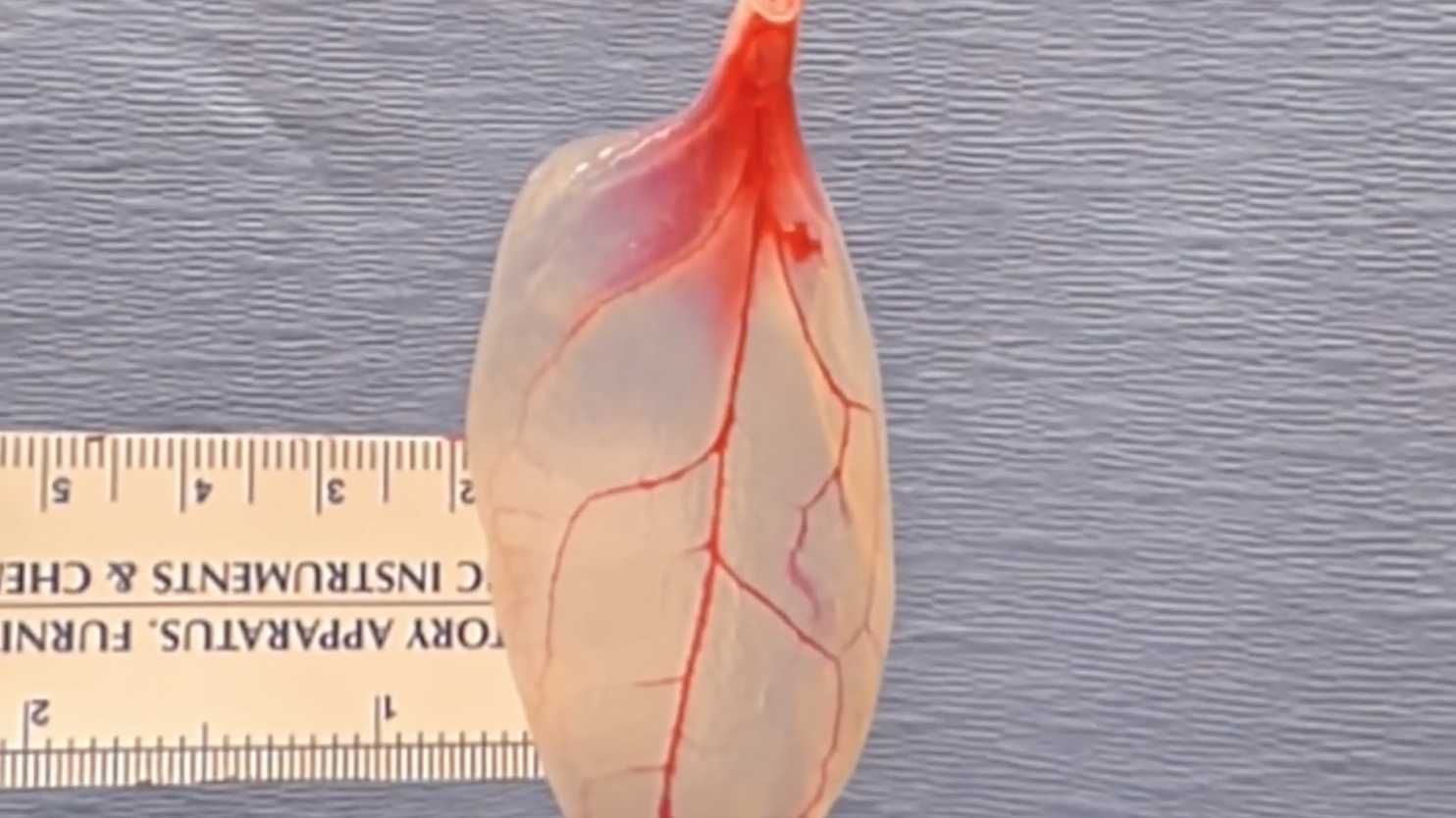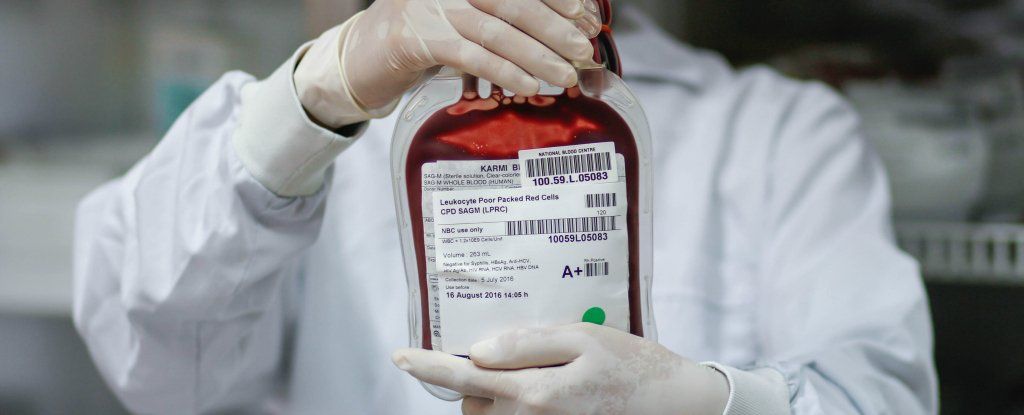Archive for the ‘biotech/medical’ category: Page 2418
Manipulating DNA with tweezers is now possible, using technology developed at a cutting-edge French-Japanese laboratory (LIMMS). The researchers designed silicon nanotweezers capable of grabbing and analyzing cells or molecular fibers. This microscopic instrument has already been used in Lille to test the resistance of DNA to irradiation.
About this video
Original title:
Mar 28, 2017
Nvidia says deep learning is about to revolutionize medicine
Posted by Shane Hinshaw in categories: biotech/medical, robotics/AI
Intelligent Machines
Nvidia’s deep-learning chips may give medicine a shot in the arm.
The company sees medicine as the next big market for its machine-learning hardware.
Continue reading “Nvidia says deep learning is about to revolutionize medicine” »
Mar 28, 2017
The Blood-Repellant Coating That Not Even Geckos Can Stick To
Posted by Shailesh Prasad in category: biotech/medical
Mar 28, 2017
Why Aging Is a Disease
Posted by Zoltan Istvan in categories: biotech/medical, economics, ethics, policy, robotics/AI, space, transhumanism
The first of my major #Libertarian policy articles for my California gubernatorial run, which broadens the foundational “non-aggression principle” to so-called negative natural phenomena. “In my opinion, and to most #transhumanist libertarians, death and aging are enemies of the people and of liberty (perhaps the greatest ones), similar to foreign invaders running up our shores.” A coordinated defense agianst them is philosophically warranted.
Many societies and social movements operate under a foundational philosophy that often can be summed up in a few words. Most famously, in much of the Western world, is the Golden Rule: Do onto others as you want them to do to you. In libertarianism, the backbone of the political philosophy is the non-aggression principle (NAP). It argues it’s immoral for anyone to use force against another person or their property except in cases of self-defense.
A challenge has recently been posed to the non-aggression principle. The thorny question libertarian transhumanists are increasingly asking in the 21st century is: Are so-called natural acts or occurrences immoral if they cause people to suffer? After all, taken to a logical philosophical extreme, cancer, aging, and giant asteroids arbitrarily crashing into the planet are all aggressive, forceful acts that harm the lives of humans.
Mar 28, 2017
Unraveling the Mysteries of Aging
Posted by Shailesh Prasad in categories: biotech/medical, life extension
Mar 27, 2017
Musk Is Preparing to Release “Brain Hacking Tech,” And He’s Not Alone
Posted by Klaus Baldauf in categories: biotech/medical, Elon Musk, robotics/AI
Today, Elon Musk stated that updates regarding his neural lace, which is meant to augment the human mind, are coming next month. In October, Bryan Johnson announced a $100 million investment to put computers in our brains. And so, a race is on to hack human intelligence.
The age of the machine is well underway, and there is a very good chance that humanity will be left behind. Artificial intelligence is beating us at poker. It is beating us at Go. It is saving lives by identifying diseases when human doctors fail. It is running our grocery stores. It is driving our cars. AI is even making other AI.
Soon, very soon, our computers will surpass us in every skill imaginable.
Continue reading “Musk Is Preparing to Release ‘Brain Hacking Tech,’ And He’s Not Alone” »
Mar 27, 2017
Scientists convert spinach leaves into human heart tissue — that beats
Posted by Shane Hinshaw in categories: bioengineering, biotech/medical, food
If an overhyped vegetable existed before marketers coined the term superfood — and long before Oprah Winfrey chatted up acai berries with Dr. Oz — look no further than spinach. (Here’s to Popeye, eating the stuff by the can to inflate his biceps.) Spinach alone, of course, won’t pump anyone up. But it does have a few physical properties of the type that excite biomedical engineers. Spinach grows a network of veins, for instance, that thread through its leaves in a way similar to blood vessels through a human heart.
These leafy veins allowed researchers at Massachusetts’s Worcester Polytechnic Institute to give a new meaning to heart-healthy spinach. The tissue engineers, as they reported recently in the journal Biomaterials, stripped green spinach leaves of their cells. The spinach turned translucent. The scientists seeded the gaps that the plant cells left behind with human heart tissue. Heart cells, in clusters, beat for up to three weeks in this unusual environment.
The inspiration for the human-plant fusion came over lunch — and, yes, the leafy greens were involved — when WPI bioengineers Glenn Gaudette and Joshua Gershlak began to brainstorm new ways to tackle a deadly medical problem: the lack of donor organs. Of the more than 100,000 people on the donor list, nearly two dozen people die each day while waiting for an organ transplant.
Continue reading “Scientists convert spinach leaves into human heart tissue — that beats” »
Mar 27, 2017
Immortal Stem Cells Let Scientists Create an Unlimited Supply of Artificial Blood
Posted by Shane Hinshaw in categories: biotech/medical, life extension
Researchers have developed a line immortal stem cells that allow them to generate an unlimited supply of artificial red blood cells on demand.
If these artificial blood cells pass clinical trials, they’ll be far more efficient for medical use than current red blood cell products, which have to be generated from donor blood — and would be a huge deal for patients with rare blood types, who often struggle to find matching blood donors.
The idea isn’t for these immortal stem cells to replace blood donation altogether — when it comes to regular blood transfusions, donated blood still does the trick.
Mar 27, 2017
Solar Powered e-Skin Could Take Prosthetics to the Next Level
Posted by Gerard Bain in categories: biotech/medical, cyborgs, robotics/AI, sustainability
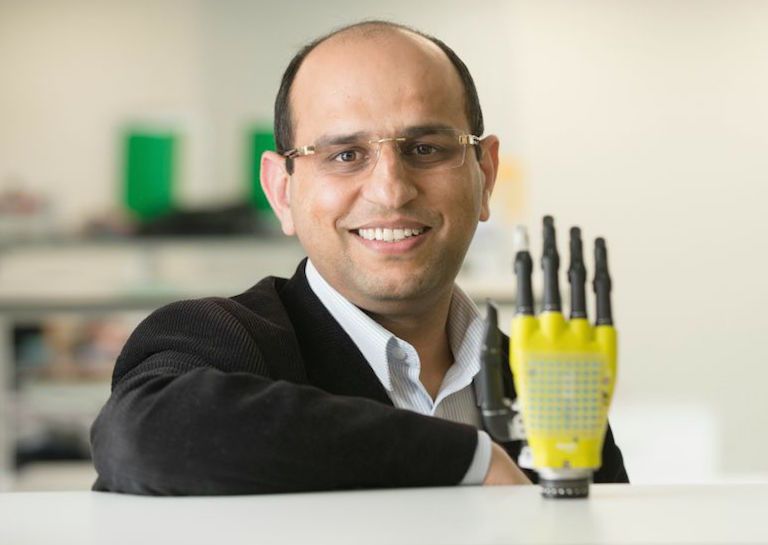
Ingenious e-skin invented by scientists from the University of Glasgow improves the performance of prosthetic limbs through sensitive sensors.
